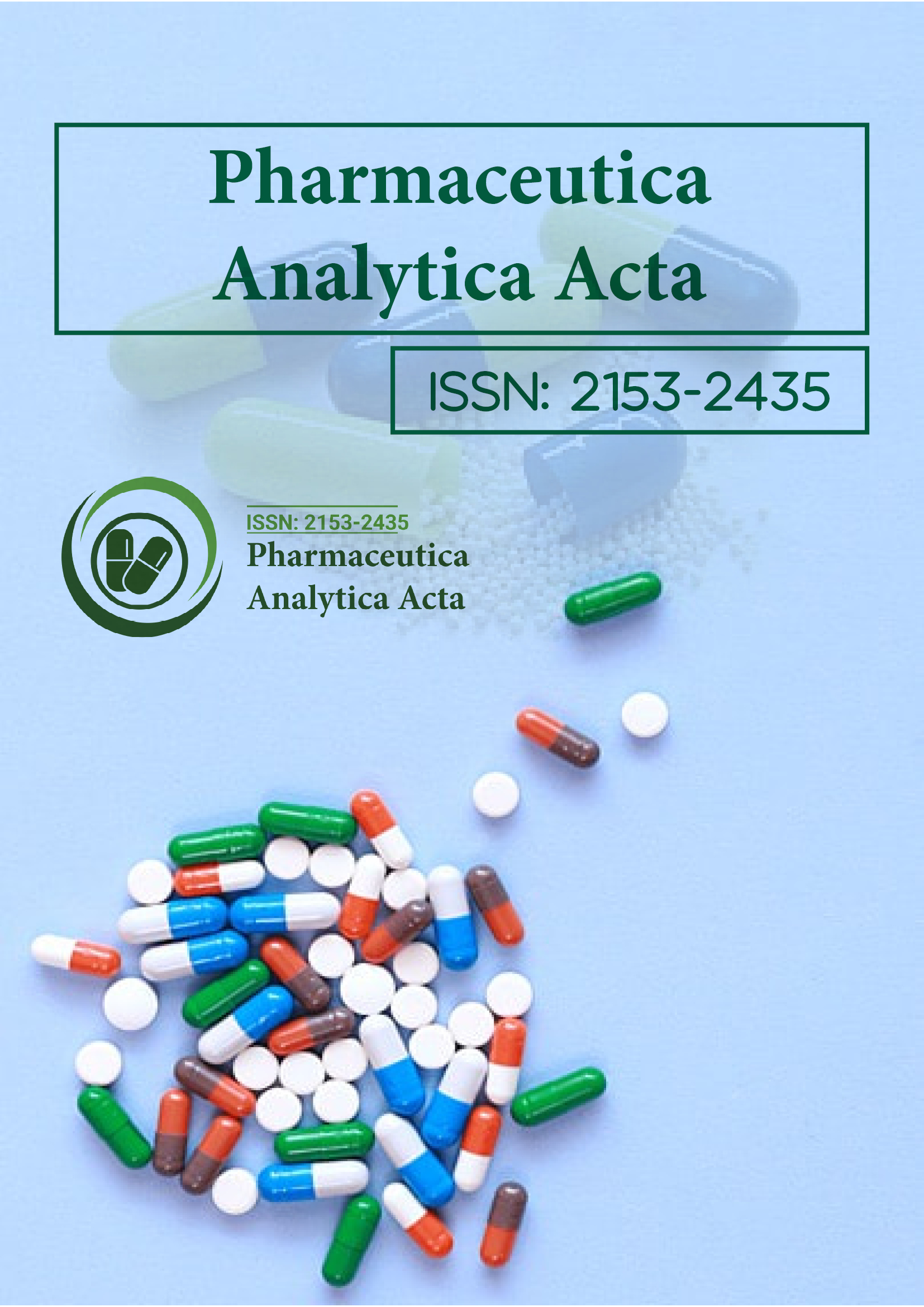インデックス付き
- Jゲートを開く
- Genamics JournalSeek
- アカデミックキー
- ジャーナル目次
- グローバル インパクト ファクター (GIF)
- 中国国家知識基盤 (CNKI)
- ウルリッヒの定期刊行物ディレクトリ
- レフシーク
- ハムダード大学
- エブスコ アリゾナ州
- OCLC-WorldCat
- パブロン
- ジュネーブ医学教育研究財団
- ユーロパブ
- Google スカラー
このページをシェアする
ジャーナルチラシ

概要
イースタンブロッティングのフィンガープリントによる天然物の品質管理
藤井俊介、グエン・フー・トン、宇都拓洋、田中宏幸、シャオウェイ・リー、シャオチン・ツァイ、ワラポーン・プタルム、庄山幸宏
イースタンブロッティングは、ウェスタンブロッティングの代わりに、膜への結合親和性がない低分子化合物を対象に開発された。薬用植物の粗抽出物をTLCプレートで展開し、続いて加熱してポリフッ化ビニリデンまたはポリエーテルスルホン膜にブロッティングした。膜上の成分はキャリアタンパク質と結合し、膜に固定された。染色はモノクローナル抗体(MAb)を使用したウェスタンブロッティングシステムで行った。このレビューでは、ソラソジン配糖体、アリストロキン酸、グリチルリチン-リキリチン、ジンセノサイドの4種類の天然物質について論じた。1) ソラソジン配糖体は、交差反応性が広い抗ソラマルギンMAbを使用してほぼすべてのソラソジン配糖体を染色する例として選択された。2) アリストロキン酸は膜と結合する能力がなく、水溶性が非常に低い。これらを改善するには、膜に結合するために、アリストロキン酸を合成し、キャリアタンパク質と結合させる必要がある。3) 甘草に含まれる2種類のマーカー成分、トリテルペン配糖体(グリチルリチン)とフラボノイド配糖体(リキリチン)は、ダブルイースタンブロッティングで検出できる。4) ジンセノサイドもダブルイースタンブロッティングで検出され、このシステムにより、薬理活性を理解するために、組織内のジンセノサイドの分布を明らかにすることができる可能性がある。
免責事項: この要約は人工知能ツールを使用して翻訳されており、まだレビューまたは確認されていません